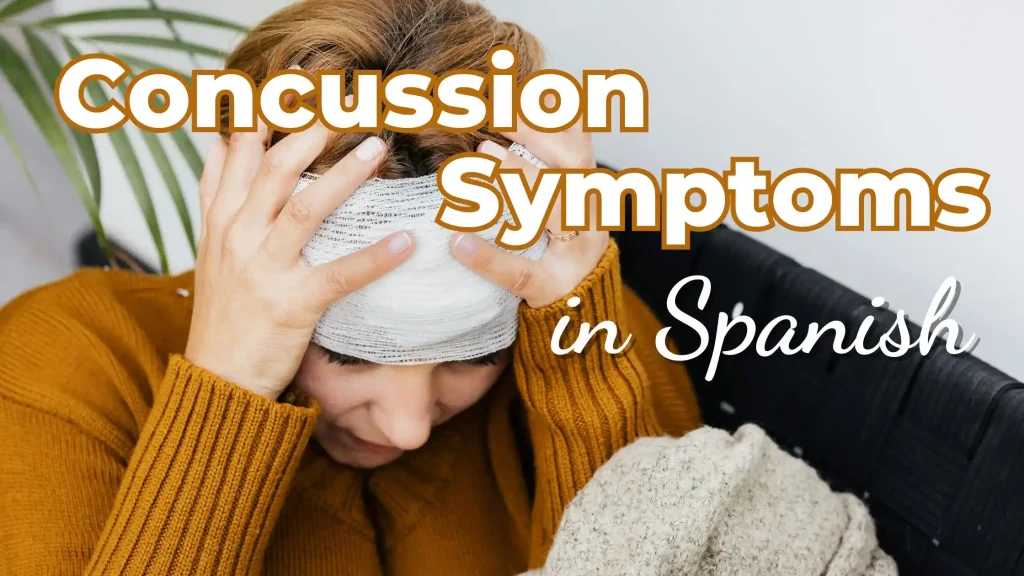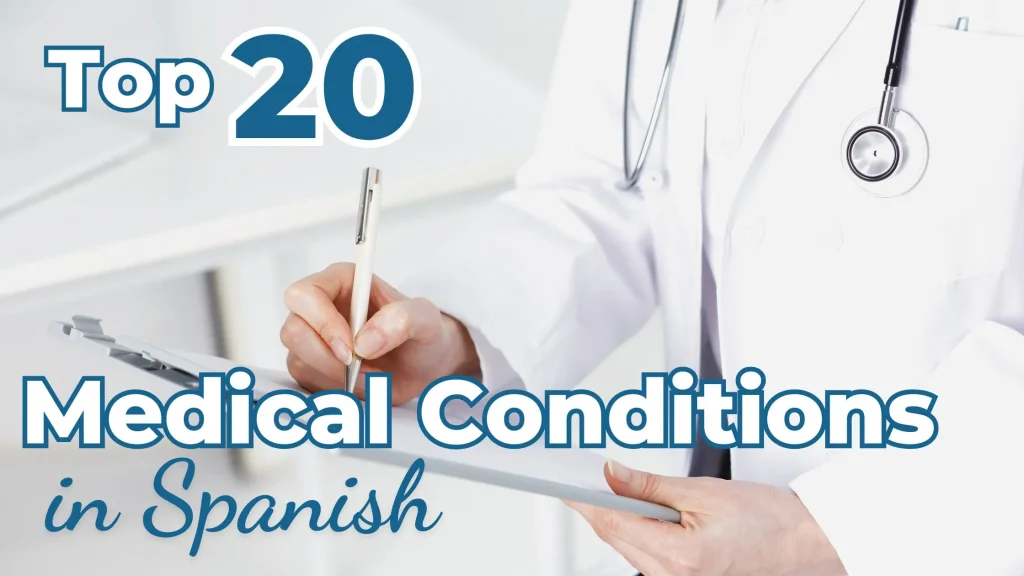Understanding how to communicate about mental health conditions in Spanish is crucial for providing comprehensive care to Spanish-speaking patients. PTSD, or Post-Traumatic Stress Disorder, is a condition that can significantly impact a person’s life. In Spanish, PTSD is called Trastorno de Estrés Postraumático (TEPT). This blog post will guide you through how to discuss PTSD, its symptoms, and treatments in Spanish.
Symptoms of PTSD in Spanish and English
Recognizing the symptoms of PTSD is the first step in providing appropriate care. Here are some common symptoms of PTSD, listed in both English and Spanish:
- Always being on guard – Siempre estar en guardia
- Example: El paciente siempre está en guardia y alerta.
- (The patient is always on guard and alert.)
- Example: El paciente siempre está en guardia y alerta.
- Having trouble sleeping – Tener problemas para dormir
- Example: Ella tiene problemas para dormir por las noches.
- (She has trouble sleeping at night.)
- Example: Ella tiene problemas para dormir por las noches.
- Having trouble concentrating – Tener dificultades para concentrarse
- Example: Él tiene dificultades para concentrarse en el trabajo.
- (He has trouble concentrating at work.)
- Example: Él tiene dificultades para concentrarse en el trabajo.
- Irritability – Irritabilidad
- Example: La irritabilidad es un síntoma común del trastorno de estrés postraumático.
- (Irritability is a common symptom of PTSD.)
- Example: La irritabilidad es un síntoma común del trastorno de estrés postraumático.
- Angry outbursts – Arrebatos de ira
- Example: Ha tenido varios arrebatos de ira recientemente.
- (He has had several angry outbursts recently.)
- Example: Ha tenido varios arrebatos de ira recientemente.
- Aggressive behavior – Comportamiento agresivo
- Example: Su comportamiento agresivo ha aumentado desde el incidente.
- (His aggressive behavior has increased since the incident.)
- Example: Su comportamiento agresivo ha aumentado desde el incidente.
Treatments for PTSD in Spanish and English
There are several effective treatments for PTSD. Here are some common treatments, along with their Spanish translations and examples:
- Cognitive Behavioral Therapy (CBT) – Terapia cognitivo-conductual
- Example: La terapia cognitivo-conductual puede ayudar a los pacientes a manejar los síntomas del trastorno de estrés postraumático.
- (Cognitive behavioral therapy can help patients manage PTSD symptoms.)
- Example: La terapia cognitivo-conductual puede ayudar a los pacientes a manejar los síntomas del trastorno de estrés postraumático.
- Medications – Medicamentos
- Example: Los medicamentos, como los antidepresivos, pueden ser útiles para tratar el trastorno de estrés postraumático.
- (Medications, such as antidepressants, can be useful for treating PTSD.)
- Example: Los medicamentos, como los antidepresivos, pueden ser útiles para tratar el trastorno de estrés postraumático.
- Exposure Therapy – Terapia de exposición
- Example: La terapia de exposición ayuda a los pacientes a enfrentarse a los recuerdos traumáticos de manera segura.
- (Exposure therapy helps patients confront traumatic memories safely.)
- Example: La terapia de exposición ayuda a los pacientes a enfrentarse a los recuerdos traumáticos de manera segura.
- Eye Movement Desensitization and Reprocessing (EMDR) – Desensibilización y reprocesamiento por movimientos oculares
- Example: El EMDR es una técnica eficaz para tratar el trastorno de estrés postraumático.
- (EMDR is an effective technique for treating PTSD.)
- Example: El EMDR es una técnica eficaz para tratar el trastorno de estrés postraumático.
- Support Groups – Grupos de apoyo
- Example: Los grupos de apoyo ofrecen un espacio seguro para compartir experiencias y obtener apoyo emocional.
- (Support groups provide a safe space to share experiences and gain emotional support.)
- Example: Los grupos de apoyo ofrecen un espacio seguro para compartir experiencias y obtener apoyo emocional.
Effectively communicating about PTSD in Spanish is essential for healthcare professionals working with Spanish-speaking patients. By learning the term trastorno de estrés postraumático and understanding the symptoms and treatments in both languages, you can provide better care and support to your patients.





